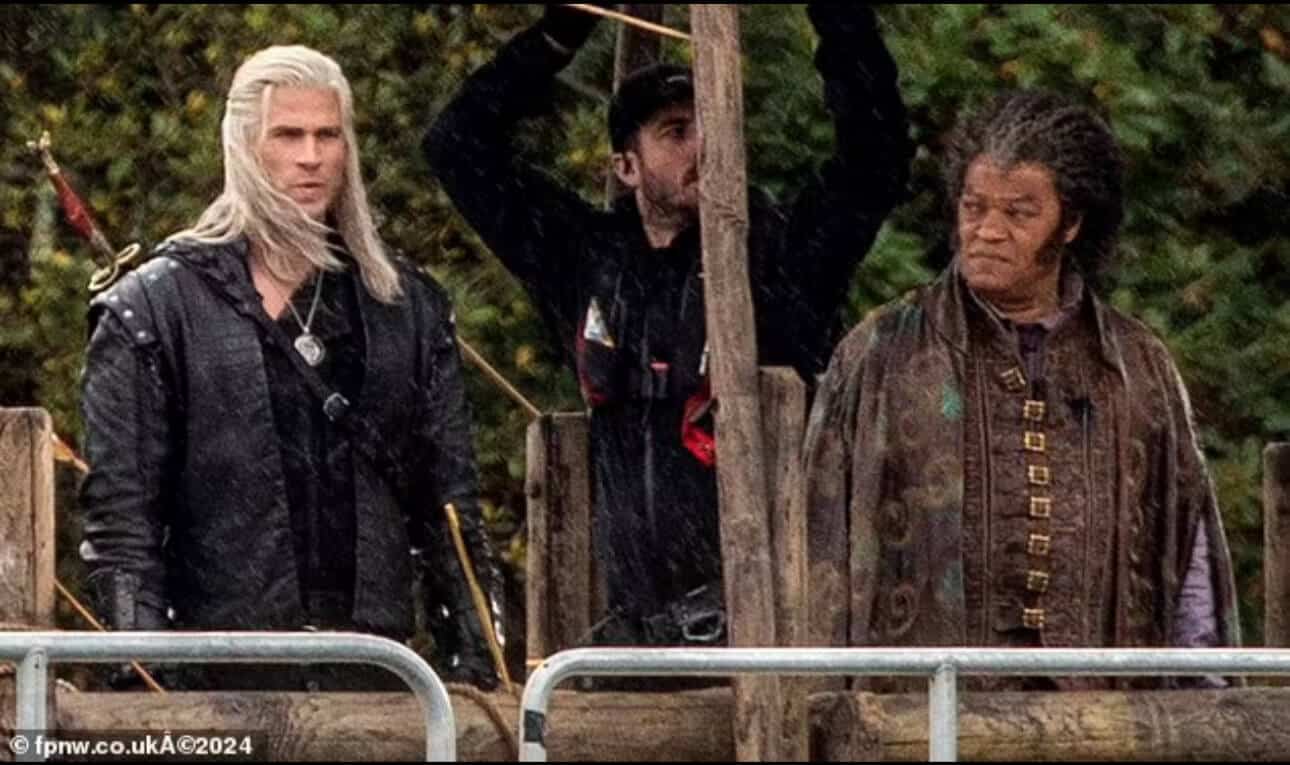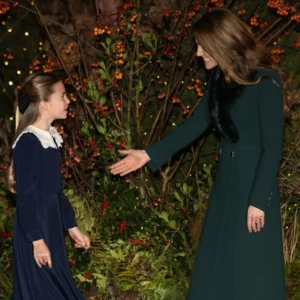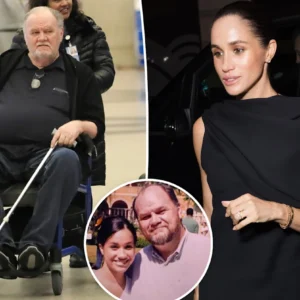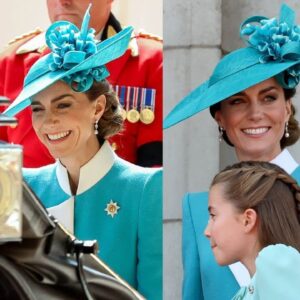 Netflix’s The Witcher is charging toward its grand conclusion, with the fifth and final season currently filming in England, while Season 4—having wrapped production in October 2024—is deep in post-production for a 2025 release. The fantasy series, based on Andrzej Sapkowski’s beloved novels, has been a cornerstone of Netflix’s lineup since its debut in 2019, but it hasn’t been without its controversies. As the show prepares to close out Geralt of Rivia’s journey, fans are buzzing with anticipation, skepticism, and curiosity about what’s next for the Continent—and whether the series can stick the landing after a rocky road.
Netflix’s The Witcher is charging toward its grand conclusion, with the fifth and final season currently filming in England, while Season 4—having wrapped production in October 2024—is deep in post-production for a 2025 release. The fantasy series, based on Andrzej Sapkowski’s beloved novels, has been a cornerstone of Netflix’s lineup since its debut in 2019, but it hasn’t been without its controversies. As the show prepares to close out Geralt of Rivia’s journey, fans are buzzing with anticipation, skepticism, and curiosity about what’s next for the Continent—and whether the series can stick the landing after a rocky road.
Season 5 Filming Kicks Off in England
Filming for The Witcher’s fifth season began in late March 2025, with production initially starting in Cape Town, South Africa, before shifting to England, according to reports from Redanian Intelligence. The choice of South Africa as a starting point raised eyebrows, as it utilized sets originally built for the canceled spinoff The Rats: A Witcher’s Tale, which was meant to follow Ciri’s storyline with the teenage bandit group she joins at the end of Season 3. Now, those sets are being repurposed for Season 5, where Ciri (played by Freya Allan) will reportedly be forced to fight in a pit owned by crime lord Dominik Houvenaghel—a plot point that ties into Leo Bonhart (Sharlto Copley), a ruthless bounty hunter introduced in Season 4.
Recent set photos circulating on platforms like X have given fans a glimpse of the action. Images show Liam Hemsworth, who replaced Henry Cavill as Geralt of Rivia starting in Season 4, filming intense fight scenes alongside his “Hansa”—a ragtag group of allies including Regis (Laurence Fishburne), Milva (Meng’er Zhang), and Jaskier (Joey Batey). One notable sequence involves Queen Meve’s knights pursuing Geralt after he deserts her army, a moment adapted from Sapkowski’s The Tower of the Swallow. The production, which began pre-production in January 2025 at Longcross Studios, is expected to wrap by September 2025, as confirmed by lead actor Liam Hemsworth during an appearance on Live with Kelly and Mark in October 2024. Hemsworth revealed that after a four-month break following Season 4, the team would film for another eight months, aligning with the March-to-September timeline.
The decision to film Seasons 4 and 5 back-to-back was a strategic move by Netflix to minimize the wait between the final chapters of the series. However, this approach has sparked debate among fans, especially given the mixed reception to the show’s deviations from the source material in earlier seasons. Critics argue that Netflix’s rush to complete the series—without pausing to gauge audience reaction to Hemsworth’s Geralt in Season 4—might risk further alienating viewers who were already frustrated by the show’s creative liberties. Season 2, in particular, drew ire for turning Yennefer (Anya Chalotra) into an antagonist and altering key plot points, a misstep that Season 3 only partially corrected. With Season 5 set to adapt the final two books, The Tower of the Swallow and Lady of the Lake, the pressure is on to deliver a satisfying conclusion.
Season 4 in Post-Production: What to Expect
While Season 5 is in full swing, Season 4 is currently in post-production, with a release expected in the second half of 2025—likely around July or August, based on the typical nine-month wrap-to-release window seen with Season 3. Filming for Season 4 began in April 2024 and wrapped in October 2024, spanning locations across the UK, including Longcross Studios, Bourne Woods, and scenic sites in Wales. The season will adapt Baptism of Fire, the third novel in Sapkowski’s saga, and follows Geralt, Yennefer, and Ciri as they navigate a war-torn Continent separately, each leading their own group of misfits in a bid to reunite.
Season 4 marks a significant shift for the series with Liam Hemsworth stepping into the role of Geralt after Henry Cavill’s departure following Season 3. Cavill’s exit in 2022 shocked fans, with many speculating that his frustration with the show’s divergence from the books played a role, though no official reason was given. Hemsworth, known for The Hunger Games, has thrown himself into the role, reportedly diving deep into Sapkowski’s novels and training rigorously to embody the White Wolf. A teaser clip released by Netflix in May 2024 gave fans their first look at Hemsworth as Geralt, showing him emerging from a misty forest in the iconic silver wig and armor. Reactions were mixed—while some praised his physical resemblance, others expressed skepticism about his ability to fill Cavill’s shoes, with comments on X reflecting a divide: some called him “a perfect fit,” while others lamented, “Cavill was the heart of the show.”
The season also introduces new characters that promise to deepen the story’s political intrigue and emotional stakes. Laurence Fishburne joins as Regis, a world-wise vampire barber-surgeon, while Sharlto Copley plays the menacing Leo Bonhart. James Purefoy portrays Skellen, a calculating advisor to Emperor Emhyr (Bart Edwards), and Danny Woodburn brings fan-favorite dwarf Zoltan to life. The official synopsis teases a “baptism of fire” for the trio, hinting at darker, more transformative arcs as they face the Continent’s many demons—both literal and metaphorical.
Challenges and Controversies
The Witcher has faced its share of challenges over the years. While Season 1 was a massive success, drawing in millions of viewers and spawning the viral hit “Toss a Coin to Your Witcher,” subsequent seasons struggled to maintain the same momentum. Season 2’s controversial changes—such as Yennefer’s betrayal of Ciri and the introduction of the Voleth Meir—drew criticism for straying too far from the books, alienating fans who cherished Sapkowski’s original vision. Season 3 attempted to course-correct, focusing on Ciri’s growing power and her mother-daughter bond with Yennefer, but some felt the pacing was rushed, and the show continued to gloss over key book elements.
The casting shake-ups have added fuel to the fire. In addition to Cavill’s departure, Kim Bodnia, who played Geralt’s mentor Vesemir, will not return for Season 4 due to scheduling conflicts with his work on Apple TV+’s F1. The show’s spinoff efforts have also been rocky—while the animated film The Witcher: Nightmare of the Wolf was well-received, the prequel miniseries Blood Origin and the recent Sirens of the Deep (released February 2025) underperformed, with the latter facing criticism for its narrative choices despite featuring Doug Cockle as Geralt’s voice. The cancellation of The Rats spinoff further underscores Netflix’s struggles to expand the Witcher-Verse, leaving fans to wonder if the main series can deliver a finale that honors the books’ legacy.
Looking Ahead: Can The Witcher End on a High Note?
With Season 4 set to release later this year and Season 5 likely arriving in 2026 (based on the filming schedule and typical post-production timelines), The Witcher is at a critical juncture. Showrunner Lauren Schmidt Hissrich has promised an “epic and satisfying conclusion,” emphasizing the stellar cast and the challenges the characters will face. Producer Tomek Baginski has also reassured fans that Season 4 will be more “lore-accurate,” a claim that has sparked cautious optimism among book purists.
However, the back-to-back filming strategy raises questions about whether the creative team will have enough time to address fan feedback from Season 4 before finalizing Season 5. The mixed reactions to Hemsworth’s casting, combined with the show’s history of polarizing creative decisions, suggest that the final seasons will be a make-or-break moment for The Witcher’s legacy on Netflix. On the other hand, the addition of high-caliber actors like Fishburne and Copley, along with the promise of darker, more book-faithful storylines, could give the series the redemption arc it needs.
As The Witcher approaches its end, the Continent remains a battleground—not just for Geralt, Yennefer, and Ciri, but for the show’s place in the hearts of its fans. Whether it will go out with a bang or a whimper remains to be seen, but one thing is certain: the journey is far from over, and the stakes have never been higher.



